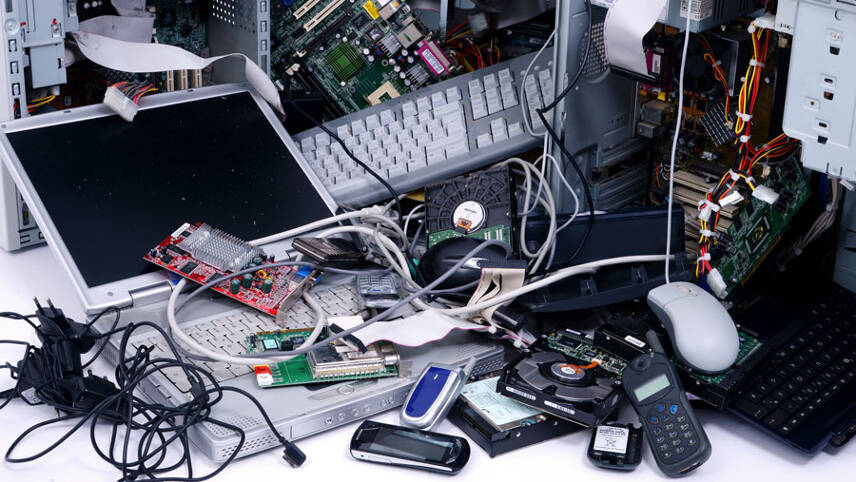Register for free and continue reading
Join our growing army of changemakers and get unlimited access to our premium content

That is according to the latest edition of the UN’s Global E-Waste monitor, which tracks waste and recycling levels across the world.
A record 62 million tonnes of e-waste was produced in 2022, the monitor confirms – an 82% increase since records began in 2010. The UN attributes the increase to higher rates of consumption and shorter product lifecycles.
The materials embedded in the e-waste produced that year exceed $91bn, the UN estimates. But most of this value goes to waste due to low recycling rates.
Some efforts have been made to scale repair options and recycling infrastructure. 22.3% of the e-waste generated in 2022 was documented as officially recycled, up from 17.4% in 2019.
Nonetheless, progress has not been fast enough. E-waste generation rates are exceeding the rates of growth to recycling capacity fivefold.
The UN has warned that e-waste recycling infrastructure is “inadequate” in most places. While recycling rates exceed 40% in Europe, they are lower than 1% in Africa.
It bears highlighting that the trend towards high-income nations exporting waste including e-waste to lower-income countries, despite challenges with these markets providing formal and documented recycling, continues.
Almost 10% of e-waste generated in 2022 was shipped across borders, with two thirds being exported from wealthier nations to less wealthy ones.
E-waste that is not properly processed presents numerous risks to public health and the environment. It is classed as hazardous by the World Health Organisation (WHO) due to the potential for toxic pollutants contaminating dumping and unfit recycling sites. E-waste can also leech microplastics.
The UN Institute for Training and Research’s Kees Balde, who led the production of the monitor report, said investment in repair, reuse and recycling “would pay for itself in spades”.
The Institute estimates that, if global e-waste recycling rates were increased above 60% and concerted efforts taken to prevent waste this decade, the benefits would outweigh the costs by 38%.
Key benefits would include reduced public health spending and the reuse of rare earth elements in low-carbon technologies. At present, just 1% of demand for these materials is met through the recycling of e-waste. Balde said this “can’t continue” if the necessary scaling in renewable energy capacity and electrification of transport and industry is to be achieved.
Drawers full of disused devices
The UN’s data shows that e-waste generation per capital is the highest in Europe. In 2022, each person generated the equivalent of 17.6kg of waste, and the majority will not have been officially recycled.
Material Focus recently published analysis revealing that the average British home now houses 30 unwanted or broken devices, up from 20 four years ago.
People are buying more kitchen and fitness technology fads, Material Focus found, as well as adding short-lived products like miniature fans and vapes to their lifestyles. They remain loath to recycle them due to issues like a lack of awareness on how to do so, and concerns around data privacy.
“We seem to be venturing into an era of hyper-tech-buying,” said Material Focus’s executive director Scott Butler.
“When electricals break or become unwanted too many of them end up being thrown away or are held onto unused. This is a significant missed opportunity. With the value of the materials that are inside our electricals increasing by up to 180% over the last 4 years it has never been more important to not lose that value.
The increase in value is partly due to increased waste rates and partly due to the rising costs of raw materials like glass, coper and iron.
Material Focus is calling for more household and retailer e-waste collections, as well as easier-to-access information on recycling services that already exist from councils and the Government.


We are taking the elements concentrated by natural processes into ores, and by manufacture and subsequent profligate use, dispersing them so as to irretrievable.
I know not the answer, but it would be wiser for us to be rather more careful.
We have quite a lot of energy at our disposal, could this thought be helpful??